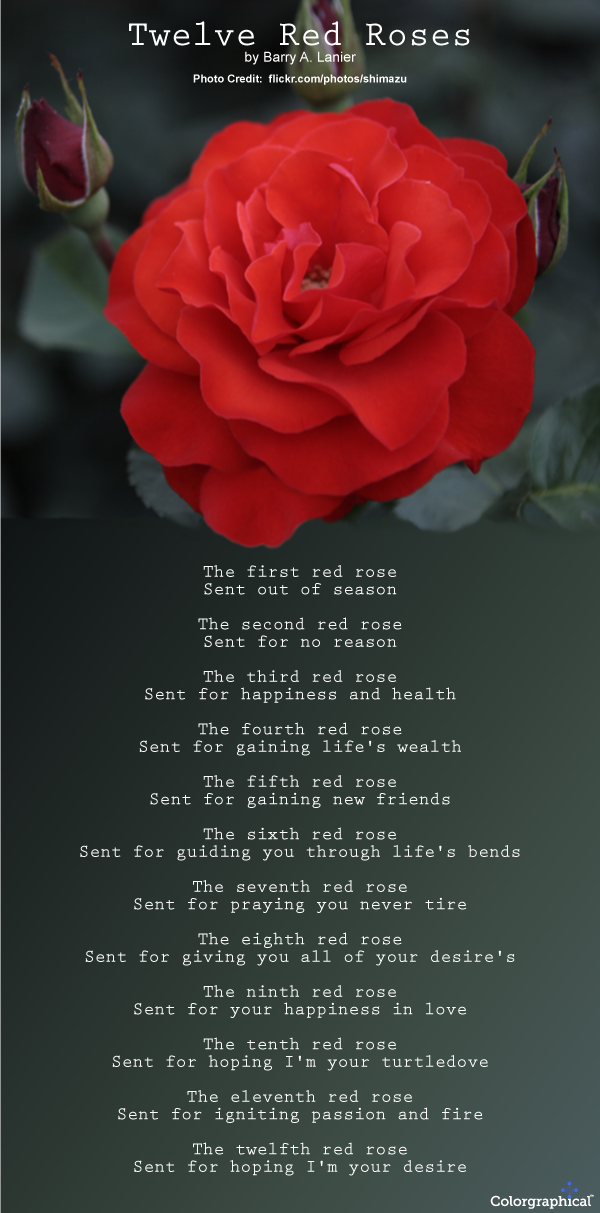The Bahá’í teachings encompass a vast range of subjects, one of which is the spiritual significance attributed to nature, particularly flowers. Among them, the rose holds a unique status, representing beauty, love, and the profound essence of spirituality. This article delves into the multifaceted symbolism of roses within the Bahá’í Faith, offering an exploration of their relevance in both spiritual and material realms.
The rose is not merely a flower; it symbolizes the manifestation of divine attributes. In Bahá’í literature, it is frequently depicted as an emblem of purity and perfection. The enchanting fragrance of a rose is likened to the soul’s innate capacity for divine love and inspiration. This floral metaphor extends beyond mere aesthetics; it is intertwined with the essence of human potential and the pursuit of spiritual enlightenment.
One of the foundational teachings of the Bahá’í Faith is the unity of all religions. Roses serve as a metaphorical bridge connecting the teachings of past prophets and the manifestations of God. Just as the rose blossoms in diverse environments, the revelations of God have spread across various cultures, nurturing the spiritual growth of humanity. Readers can appreciate how roses embody this unity, showcasing the importance of diversity in spiritual expression.
The significance of the rose is further accentuated in the context of human relationships. In Bahá’í teachings, love is lauded as the supreme force. The rose serves as a tangible reminder of love’s ephemeral beauty. Its fleeting blossoms teach adherents to cherish moments of connection, similarly to how one would appreciate the delicate petals of a rose before they wither. This symbolism resonates deeply with the emphasis on love and unity in Bahá’í thought.
Additionally, the concept of sacrifice is intricately woven into the symbolism of roses. The thorns that accompany rose bushes convey the notion that beauty often comes with challenges or suffering. This duality is significant in Bahá’í teachings, as it reflects the individual’s journey towards spiritual growth. The thorns represent the trials and tribulations that one must endure to attain a higher state of being. Readers will find this parallel particularly poignant, encouraging a deeper reflection on the nature of personal sacrifice in the pursuit of spiritual fulfillment.
Moreover, the rose is often associated with the concept of resurrection. In a Bahá’í context, this idea transcends physical death, symbolizing the awakening of the soul to its true essence. Just as a rose blooms anew with each season, so too can the soul experience renewal through spiritual education and enlightenment. This cyclical notion fosters an understanding of life’s impermanence and the ongoing journey towards a closer connection with the divine.
Roses also have a significant role in rituals and gatherings within the Bahá’í community. Their presence enriches devotional meetings and commemorative events, often serving as a visual metaphor for the beauty of collective spiritual endeavor. The act of sharing roses among community members can symbolize the shared love and gratitude for one another, embodying the interconnectedness preached in Bahá’í teachings. For the readers, recognizing this communal practice highlights the importance of fostering unity and fellowship in their local communities.
The spiritual dimensions of roses extend to their aesthetic characteristics. The intricate layers of petals, varying hues, and captivating fragrances serve as reminders of the complexities of existence. In Bahá’í thought, such beauty reflects the diversity of creation and the multiplicity of individual experiences. The appeal of roses invites an appreciation for the artistry in divine creation, encouraging followers to seek the beauty in their surroundings and in the people they encounter.
Furthermore, the rose can represent the unfolding of spiritual qualities in an individual’s character. Each petal may symbolize a virtue, such as patience, resilience, or kindness. The layered structure of the rose encourages followers to examine their own attributes, contemplating how they can cultivate additional virtues in their lives. In this reflective practice, readers are provided an opportunity for personal and spiritual development, fostering a deeper commitment to living out Bahá’í principles.
The Bahá’í understanding of the rose emphasizes the harmony between the material and spiritual realms. Roses remind adherents that while earthly existence is transient, the spiritual essence that these flowers represent is eternal. This relationship encourages a balanced approach to life, where beauty, duty, and spirituality coexist harmoniously. Readers will find reassurance in this connection, recognizing that their daily experiences may serve as avenues for spiritual growth and deeper understanding.
Finally, the rose’s role in Bahá’í meditation and prayer cannot be overstated. Incorporating roses in personal devotional practices enhances the sensory experience and serves as a focal point during moments of reflection. Engaging with the beauty of roses can elevate one’s spirit, inviting deeper contemplation on divine attributes and one’s relation to the Creator. This practice underscores the holistic approach to spirituality emphasized in Bahá’í teachings, where nature facilitates connections with the divine.
In summation, the spiritual significance of roses within the Bahá’í context extends far beyond their physical beauty. They represent unity, love, sacrifice, and the cyclical nature of life. Through their symbolism, followers are invited to explore the depth of their spiritual journeys while recognizing the connections between themselves, nature, and the divine. In this appreciation of roses, one can find a rich tapestry of meaning that reflects the core principles of the Bahá’í Faith, encouraging an ongoing quest for spiritual enlightenment and communal harmony.
